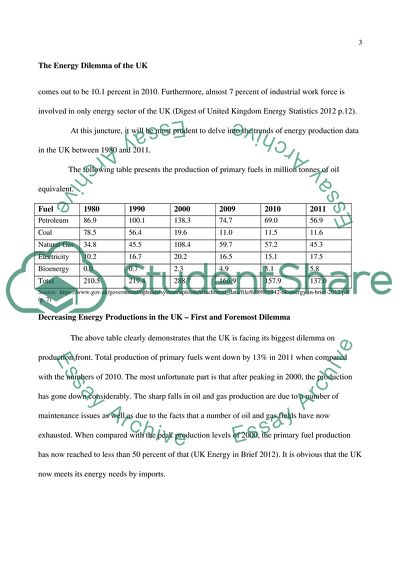Cite this document
(The Energy Dilemma of the UK Coursework Example | Topics and Well Written Essays - 2500 words, n.d.)
The Energy Dilemma of the UK Coursework Example | Topics and Well Written Essays - 2500 words. https://studentshare.org/environmental-studies/1796005-the-energy-dilemma-of-the-uk
The Energy Dilemma of the UK Coursework Example | Topics and Well Written Essays - 2500 words. https://studentshare.org/environmental-studies/1796005-the-energy-dilemma-of-the-uk
(The Energy Dilemma of the UK Coursework Example | Topics and Well Written Essays - 2500 Words)
The Energy Dilemma of the UK Coursework Example | Topics and Well Written Essays - 2500 Words. https://studentshare.org/environmental-studies/1796005-the-energy-dilemma-of-the-uk.
The Energy Dilemma of the UK Coursework Example | Topics and Well Written Essays - 2500 Words. https://studentshare.org/environmental-studies/1796005-the-energy-dilemma-of-the-uk.
“The Energy Dilemma of the UK Coursework Example | Topics and Well Written Essays - 2500 Words”. https://studentshare.org/environmental-studies/1796005-the-energy-dilemma-of-the-uk.


